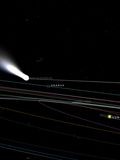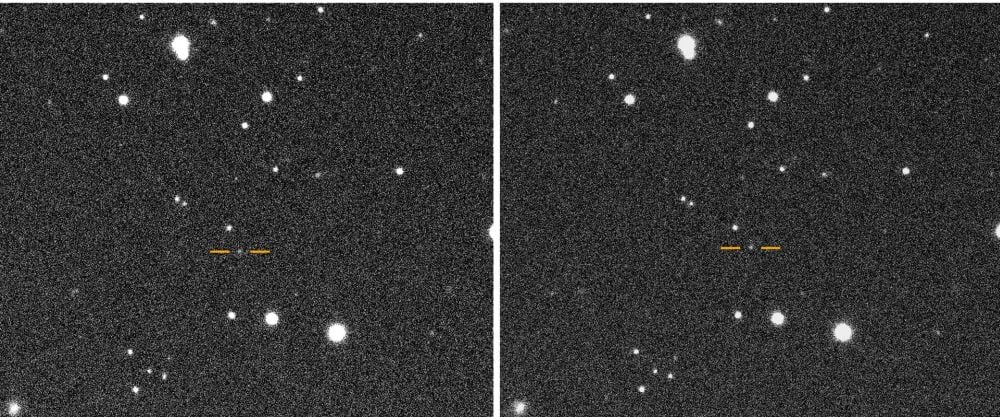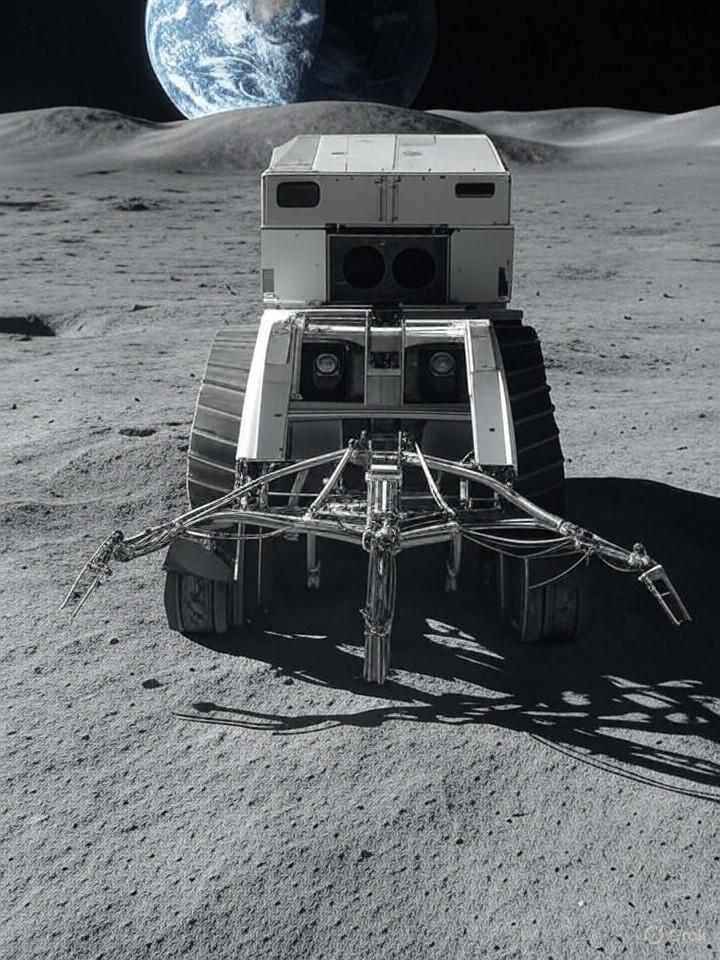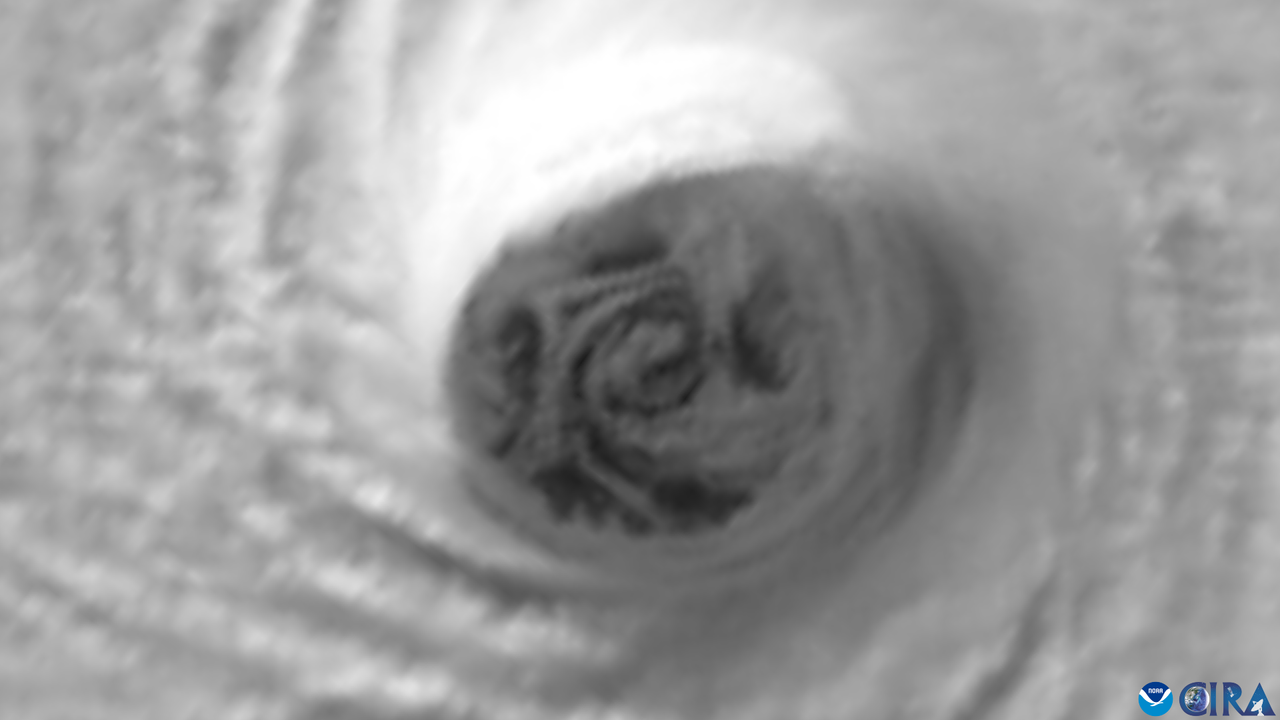Interstellar comet 3I/Atlas recently achieved perihelion, the point in its orbit where it is closest to the Sun. As it continues its trajectory, the comet is moving away from the Sun at a remarkable speed of approximately 210,000 kilometers per hour. This marks a significant moment for astronomers, as the comet’s unusual composition and age suggest it originated outside our solar system.
In January 2026, 3I/Atlas will exit the solar system, never to return. This event provides a unique opportunity for scientific observation, particularly because the comet has not activated any planetary defense protocols, contrary to some reports. The next key date for observation is December 19, 2025, when the comet will be approximately 270 million kilometers from Earth, nearly 700 times the average distance between Earth and the Moon.
Astronomers expect that during its close approach, several powerful telescopes will capture detailed observations of the comet’s composition. However, due to its significant distance, it will not be visible to the naked eye. For those interested in tracking the comet, online resources provide real-time data.
Websites such as The Sky Live offer continuous updates on 3I/Atlas, showing its distance from Earth and the nearest constellation. These platforms also predict the comet’s coordinates in the coming weeks, allowing enthusiasts time to prepare for potential observations. Another resource, 3Iatlaslive, utilizes NASA data to generate two-dimensional maps illustrating the comet’s path through space.
Additionally, live broadcasts on platforms like YouTube present the comet’s journey through a simulator developed by NASA as part of the Eyes on the Solar System project. This tool remains accessible to the public, even as the agency navigates challenges posed by the ongoing U.S. government shutdown.
As 3I/Atlas continues its stable journey through the solar system, its trajectory is well-mapped, allowing anyone to follow its path. Astronomers and space enthusiasts alike can utilize these resources to engage with this remarkable celestial event, deepening our understanding of interstellar objects and their origins.







